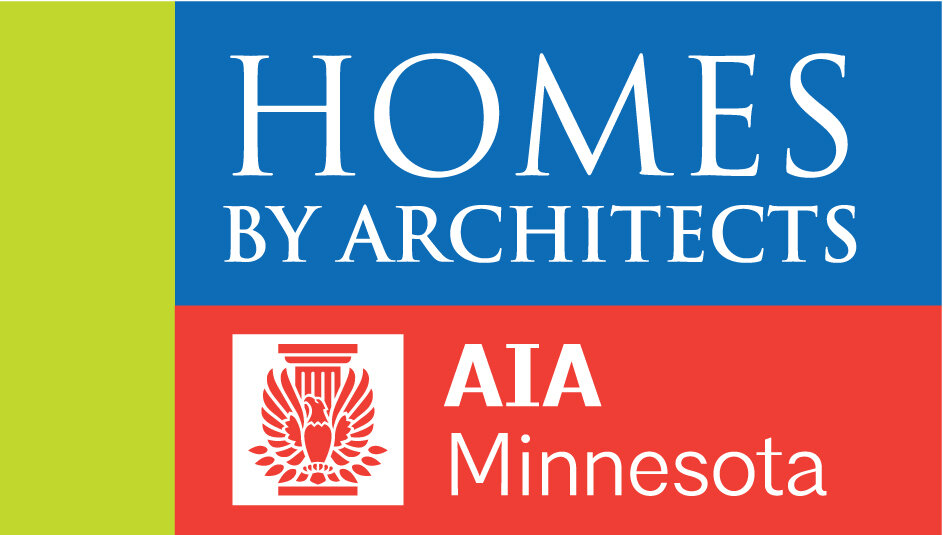The Future of Design: The AIA Framework for Design Excellence
Whether in the context of residential, commercial, or public space, design has the power to reshape communities and improve lives. The American Institute of Architects (AIA) has developed a Framework for Design Excellence, which helps architects articulate the ways in which design reaches beyond the drawings to build a better world.
AIA describes the Framework as a set of 10 defining principles of good design for the 21st century. Each principle is accompanied by a series of probing questions to inform progress toward a zero-carbon, equitable, resilient, and healthy built environment. The principles are to be explored by both the designer and the client regardless of the size, typology, or program of the project.
The 10 principles are:
• Design for Integration: Good design elevates any project, no matter how small, with a thoughtful process that delivers both beauty and function in balance. It is the element that binds all the principles together with a “big idea.”
• Design for Equitable Communities: Design solutions affect more than the client and current occupants. Good design positively impacts future occupants and the larger community.
• Design for Ecosystems: Good design mutually benefits human and nonhuman inhabitants.
• Design for Water: Good design conserves and improves the quality of water as a precious resource.
• Design for Economy: Good design adds value for owners, occupants, the community, and the planet, regardless of project size and budget.
• Design for Energy: Good design reduces energy use and eliminates dependence on fossil fuels while improving building performance, function, comfort, and enjoyment.
• Design for Well-Being: Good design supports health and well-being for all people, considering physical, mental, and emotional effects on building occupants and the surrounding community.
• Design for Resources: Good design depends on informed material selection, balancing priorities to achieve durable, safe, and healthy projects with an equitable, sustainable supply chain to minimize possible negative impacts to the planet.
• Design for Change: Adaptability, resilience, and reuse are essential to good design, which seeks to enhance usability, functionality, and value over time.
• Design for Discovery: Every project presents a unique opportunity to apply lessons learned from previous projects and gather information to refine the design and construction process.
Look for the ways AIA Minnesota architects have incorporated these design principles into each tour project within the summaries and descriptions of each home.
